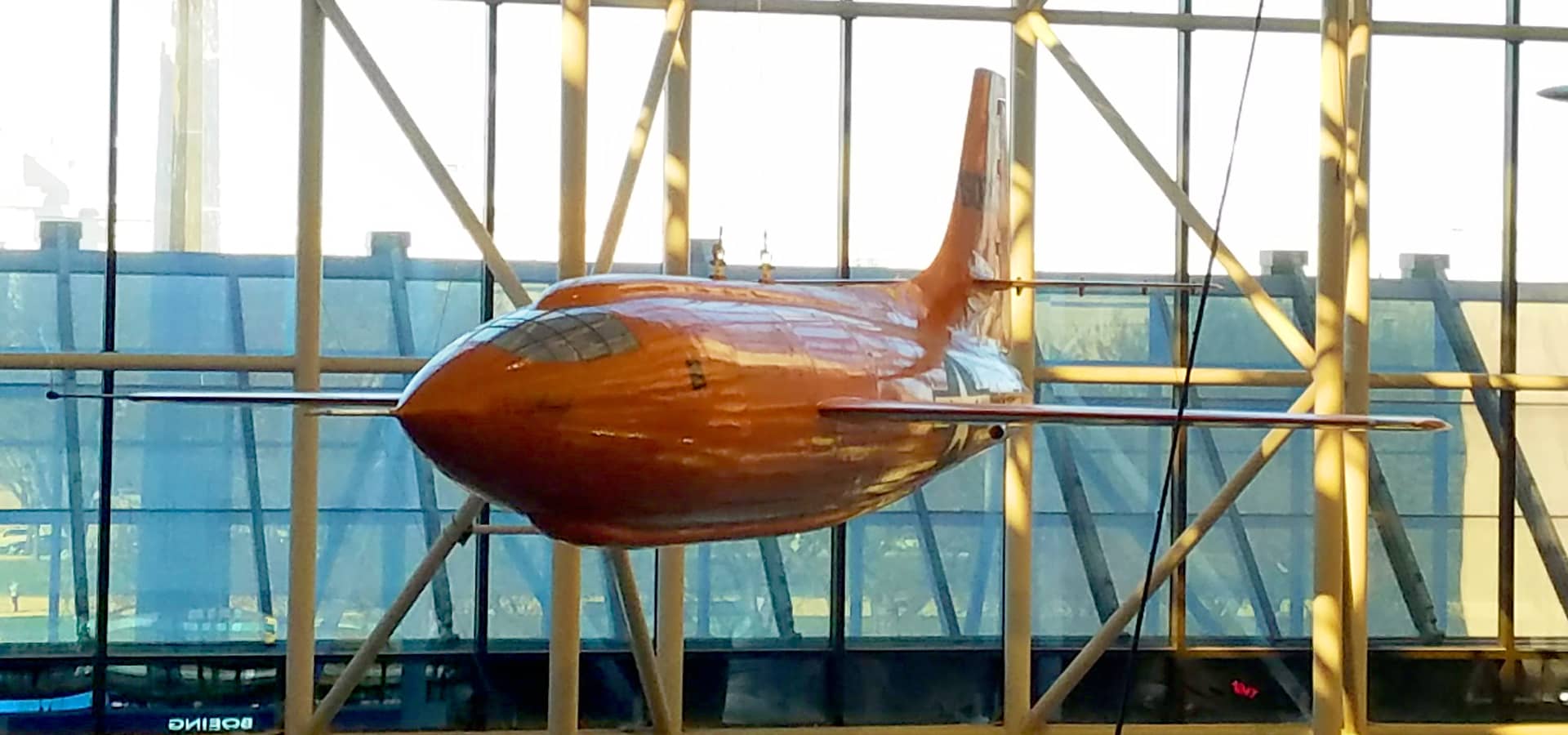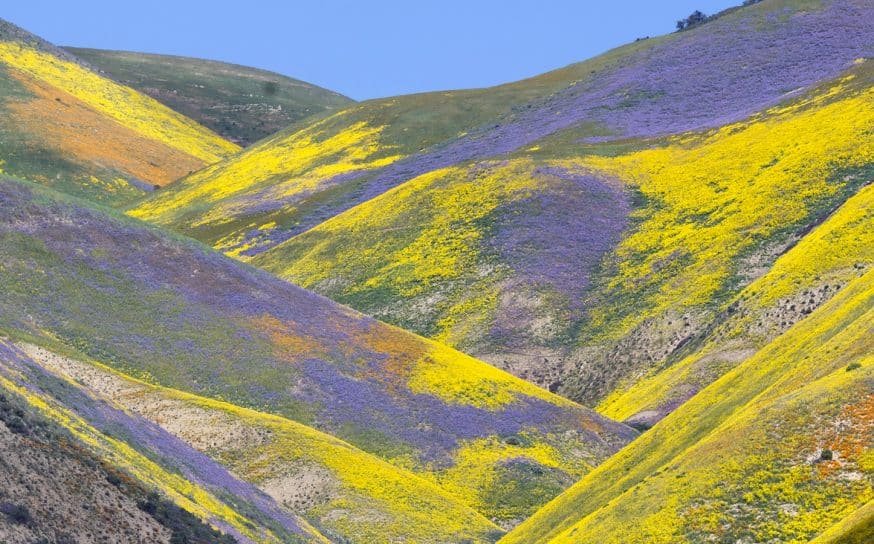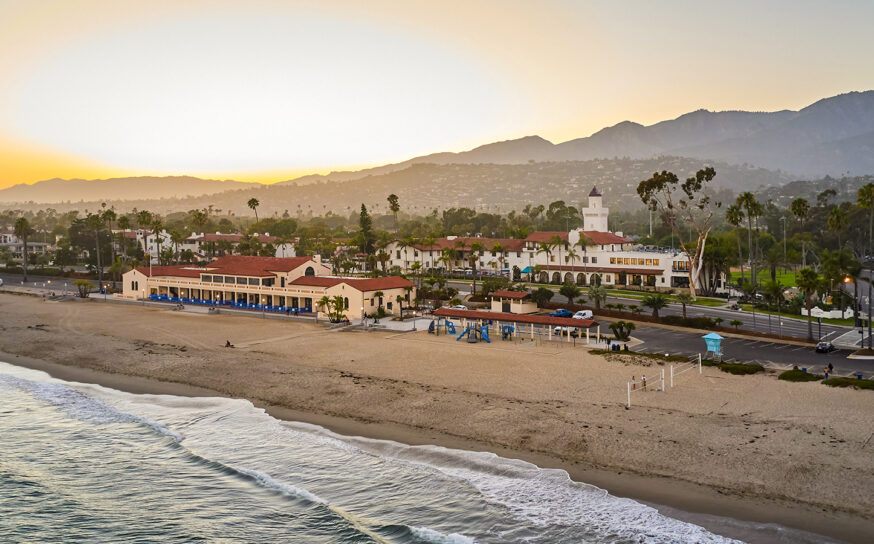
Remembering Chuck Yeager, the Northern California Test Pilot Who Broke the Sound Barrier
The right stuff.
-
CategoryAdrenaline, Arts + Culture, Experiences, Time Capsule
-
AboveYeager in cockpit of the Air Force Bell X-I supersonic research
plane. Photo courtesy of Keystone/Staff
Charles E. “Chuck” Yeager, the first man to fly faster than the speed of sound and survive, died at the age of 97 on December 7. “For his prowess in flight, Gen. Yeager became one of the great American folk heroes of the 1940s and 1950s,” according to the Washington Post. “A self-described West Virginia hillbilly with a high school education, he said he came ‘from so far up the holler, they had to pipe daylight to me.’ He became one of the greatest aviators of his generation, combining abundant confidence with an innate understanding of engineering mechanics—what an airplane could do under any form of stress.”

On October 14, 1947, Yeager and his Bell X-1 experimental craft were released by a B-29 aircraft 20,000 feet over the Mohave Desert in California. Named after his first wife, the “Glamorous Glennis” took Yeager 700 mph, breaking the sound barrier.
Yeager lived out his years in the Northern California community of Cedar Ridge near Grass Valley. In addition to breaking the sound barrier, Yeager was a decorated war hero, shooting down at least a dozen German planes during WWII, five in a single mission. He was also shot down himself in France, but escaped with help from the French. He had been awarded the Congressional Silver Medal, the Presidential Medal of Freedom, the Silver Star and the Distinguished Service Medal. He was also inducted into the California Hall of Fame in 2009.
You can read more about Yeager’s adrenalin-filled life here.
California’s About to Bloom—Here’s Where to Go
Where the wildflowers are…
See California Photographed Through the Lens of a Young Annie Leibovitz
A new exhibit features hand-selected works by the artist from 1970-1983.



















